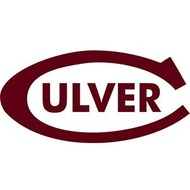Peter Paul Rubens, The Rape of the Daughters of Leucippus
(View Complete Item Description)In this art history video discussion Beth Harris and Steven Zucker look at Sir Peter Paul Rubens' "The Rape of the Daughters of Leucippus," 1617-18, oil on canvas. Alte Pinakothek, Munich.
Material Type: Diagram/Illustration, Lecture




















